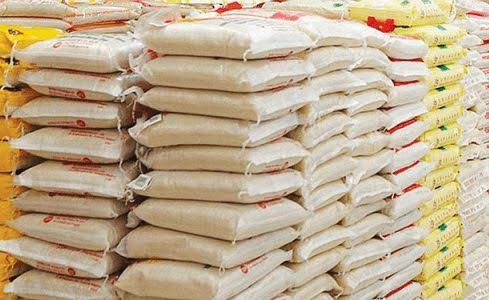In a nation where rice is a staple, how can a government-subsidized grain cause such chaos?
In an effort to alleviate the economic burden on Nigerians, the Federal Government launched a program to provide subsidized rice at a significantly reduced price. This initiative aimed to ensure that all citizens, regardless of their financial status, could have access to this essential food item.
However, the rollout of this program has been marred by chaos and confusion. Residents of the Federal Capital Territory (FCT) have reported long queues, bureaucratic hurdles, and even instances of verbal and physical altercations at distribution centers.
It’s a disgrace. We’ve been waiting here for hours, and there’s no sign of the rice. The government promised us relief, but this is just a nightmare,”* said one frustrated resident, Mrs. Aisha Ibrahim.
As Nigerians continue to navigate the economic landscape, the government must ensure that its initiatives are not only well-intentioned but also effectively implemented. The rice riot serves as a stark reminder that progress is not just about policy, but also about accessibility and execution. It is imperative that the government learns from this experience and takes steps to streamline the distribution process, ensuring that all citizens have equitable access to the subsidized rice.
